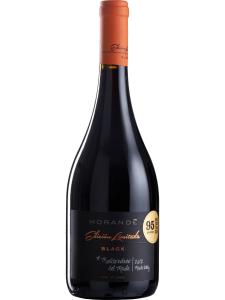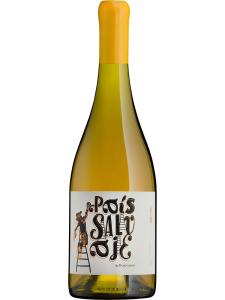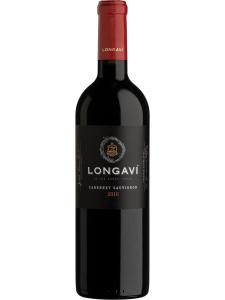Maule Valley is the largest wine-producing region in Chile other than the Central Valley, of which it is a part. It has 75,000 acres (30,000ha) under vine, and has traditionally been associated with quantity rather than quality. But this is rapidly changing – the bulk-producing Pais vine is gradually being replaced with more international varieties such as Cabernet Sauvignon and Carmenere, and careful winemaking practices are being employed to make some world-class red wines from old-vine Carignan.
The Central Valley itself runs between the Andes and the Coastal Mountains from the Chilean capital of Santiago in the north to the up-and-coming region of Bio Bio in the south. The Maule Valley stretches for around 60 miles (100km), and the center of its wine production lies 180 miles (290km) south of Santiago at a latitude of 35°S. Maule is further south than the Central Valley's star regions of Maipo and Colchagua. The large amount of land covered by the Maule Valley DO (Denominación de Origen) means there is a multitude of terroirs, from low-lying river valleys to Andean hillsides.
Maule Valley was one of the first areas in Chile to be planted to vine, and its viticultural history stretches back to the start of colonisation by the Spanish. The region has long been one of Chile's most successful bulk-production wine districts, as evidenced by the large amount of Pais still found planted here. It has only been in the past 20 years that Maule vignerons have made a move toward quality, pioneered by the Kendall-Jackson empire of California, which set up a winery here in the mid-1990s.
Despite this push toward modernity, some of Maule's better throwbacks have survived – the region is fast becoming known for some 70-year-old Carignan vines that are being used to produce soft, earthy red wines with rich plum and black-fruit characters.
One of the more southern of Chile's wine-growing areas, Maule is slightly cooler than its northerly cousins and has higher annual rainfall, most of which occurs during winter. The intensity of the sunlight is high (as it is in much of Chile) and Maule enjoys warm days followed by much colder nights, extending the growing season and leading to a balance of ripeness and acidity in the grapes.
Temperature-moderating effects come from the Maule River, which flows east-west through the region on its way from the Andes to the Pacific Ocean. The river provides Maule with its alluvial soil types; these differ considerably throughout the region and include granite, red clay, loam and gravel. The soils are free-draining where the vineyards sit on the slopes of the surrounding hills, and are more fertile and high yielding on the valley floor along the banks of the river. Many of Maule's vineyards are dry-farmed to increase the intensity of the grapes – a vine that is starved of water will produce lower yields of highly concentrated grapes.
Viticultural know-how and the Chilean push toward quality winemaking have been a godsend for the Maule Valley wine industry, although the region is unlikely to rival the prestige of Maipo and Colchagua any time soon.





